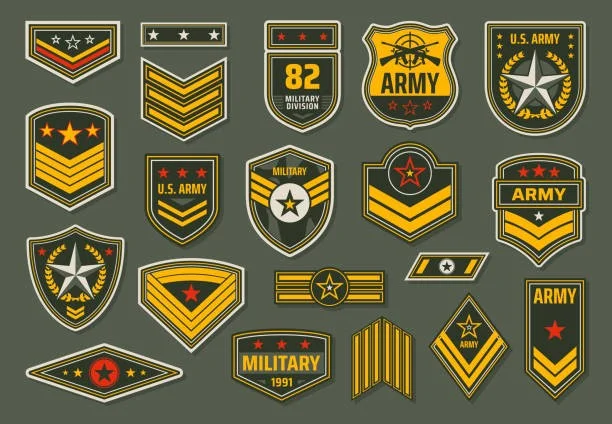Introduction
Military insignia patches are more than just pieces of cloth sewn onto uniforms; they carry centuries of tradition, symbolizing honor, duty, and the sacrifices made by soldiers. These patches provide information about a soldier's rank, unit, and sometimes, their special achievements or qualifications.
Historical Origins
The history of military insignias dates back to ancient times when armies would use symbols, shields, and banners to identify themselves. Over time, as military uniforms became standardized, patches became a convenient way of identifying rank and unit.
Significance of Insignia Patches
- Identity: Patches often signify the specific unit or brigade a soldier belongs to, fostering a sense of camaraderie and belonging.
- Rank: Many patches, especially on the arms or collars, indicate a soldier's rank, from private to general.
- Achievements: Special patches can be earned for various qualifications or accomplishments, such as airborne or sniper qualifications.
- History: Unit patches often carry emblems or symbols representing the unit's history or famous battles they've participated in.
Types of Insignia Patches
- Unit Patches: Displayed typically on the shoulder, they identify the specific unit a soldier is part of.
- Rank Patches: Worn on collars or sleeves, they show a soldier's rank within the military hierarchy.
- Qualification Badges: Earned through training and denote specialized skills.
- Combat Patches: These are awarded to soldiers who've served in combat zones, often worn on the right shoulder to signify combat experience.
Conclusion
Military insignia patches play a crucial role in the armed forces, serving both a practical and symbolic purpose. They bridge the past and present, reminding soldiers of their unit's legacy, their personal achievements, and the overarching honor and duty they uphold.








